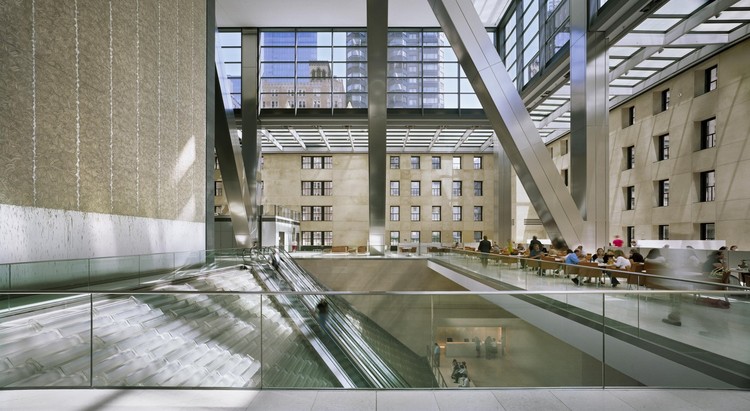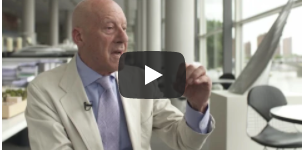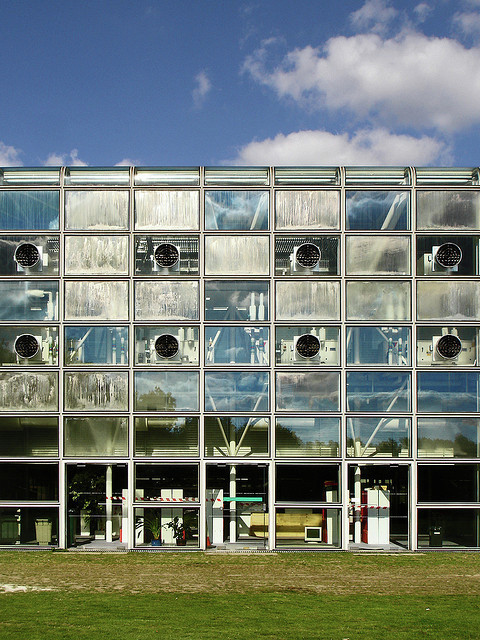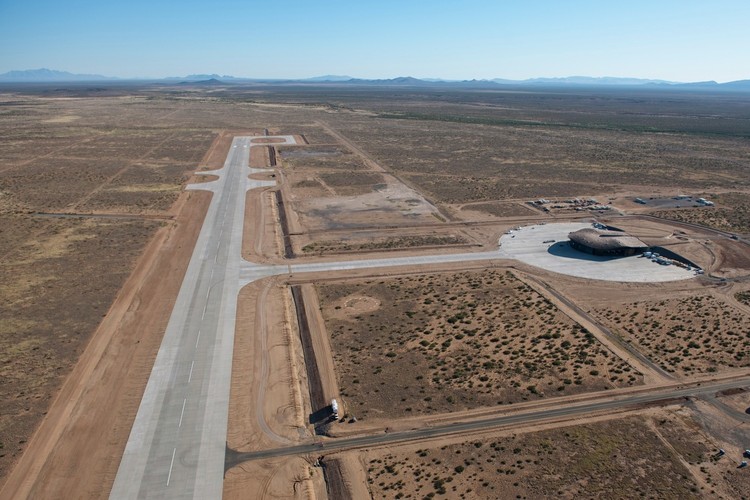Interdisciplinary Architecture and the Future of Cities
Architecture, as both a profession and the built environment, currently finds itself at a crossroads in trying to adapt to a world in constant flux. Cities and its people face continuous socio-economic, political and environmental change on a daily basis, prompting a necessary rethink in the evolution of sustainable urbanization. With a focus on housing, society and cultural heritage, RIBA’s International Conference, Change in the City, aims to offer insight into the “New Urban Agenda” and how architects can play an interdisciplinary role in future urban development.
Speaking in an interview ahead of the conference, Norman Foster is a strong advocate for a careful consideration of what aspects of urban life need to be prioritized when designing cities of the future. For an increasingly global society, Foster stresses the need for architecture to surpass buildings and tackle its greatest obstacle – global warming, honing in on its roots and factors involved to create viable urban solutions.
Sainsbury Centre, Foster + Partners. Image © Tim Caynes
“By 2050, 25% of humanity will be living in cities. The biggest challenge facing cities and urbanities is global warming. The causes of that, the generation of power, industry, agriculture, transport and buildings, it is that collective that needs to be addressed.“
Hearst Tower, Foster + Partners. Image © Chuck Choi
Infrastructure, “the urban glue that binds buildings together”, is another aspect that architects need to work with, surpassing the expectations of simply creating single structures while also encompassing transportation and public space. This is a step in reviving the condition of traditional cities, which did not separate areas of living, working, and culture and created mixed-use environments instead of ghettoization.
“We have to be looking outside of buildings. We have to be looking at settlements, the combination of infrastructure, the connections, the public spaces, the links and the transport, because the sustainable now and in the future, it’s about strong civic leadership, pedestrianisation, people over cars. It’s about high density.“
Spaceport America, Foster + Partners. Image © Nigel Young
Furthermore, Foster argues that the only way to be able to enact such changes and advances in sustainability is through a revised interdisciplinary approach to design. Central to this is the architect’s ability to advocate, share knowledge and collaborate with other fields, allowing other architects to build on prior work.
“As a profession, we have to embrace other disciplines. The future and addressing the issues of greater complexity means that from the very beginning we need more disciplines working together. We can’t have the arrogance of believing that we can design a building and let the others kind of make it a reality.“
For all of Lord Foster’s insights into the future of cities, check out the full interview above.
News via: RIBA.
Please find the original article here
- Written by
Osman Bari, ArchDaily
--Future of Construction 10:06, 20 Oct 2017 (BST)
Featured articles and news
Key points for construction at a glance with industry reactions.
Functionality, visibility and sustainability
The simpler approach to specification.
Architects, architecture, buildings, and inspiration in film
The close ties between makers and the movies, with our long list of suggested viewing.
SELECT three-point plan for action issued to MSPs
Call for Scottish regulation, green skills and recognition of electrotechnical industry as part of a manifesto for Scottish Parliamentary elections.
UCEM becomes the University of the Built Environment
Major milestone in its 106-year history, follows recent merger with London School of Architecture (LSE).
Professional practical experience for Architects in training
The long process to transform the nature of education and professional practical experience in the Architecture profession following recent reports.
A people-first approach to retrofit
Moving away from the destructive paradigm of fabric-first.
International Electrician Day, 10 June 2025
Celebrating the role of electrical engineers from André-Marie Amperè, today and for the future.
New guide for clients launched at Houses of Parliament
'There has never been a more important time for clients to step up and ...ask the right questions'
The impact of recycled slate tiles
Innovation across the decades.
EPC changes for existing buildings
Changes and their context as the new RdSAP methodology comes into use from 15 June.
Skills England publishes Sector skills needs assessments
Priority areas relating to the built environment highlighted and described in brief.
BSRIA HVAC Market Watch - May 2025 Edition
Heat Pump Market Outlook: Policy, Performance & Refrigerant Trends for 2025–2028.
Committing to EDI in construction with CIOB
Built Environment professional bodies deepen commitment to EDI with two new signatories: CIAT and CICES.
Government Grenfell progress report at a glance
Line by line recomendation overview, with links to more details.
An engaging and lively review of his professional life.
Sustainable heating for listed buildings
A problem that needs to be approached intelligently.
50th Golden anniversary ECA Edmundson apprentice award
Deadline for entries has been extended to Friday 27 June, so don't miss out!
CIAT at the London Festival of Architecture
Designing for Everyone: Breaking Barriers in Inclusive Architecture.
Mixed reactions to apprenticeship and skills reform 2025
A 'welcome shift' for some and a 'backwards step' for others.































